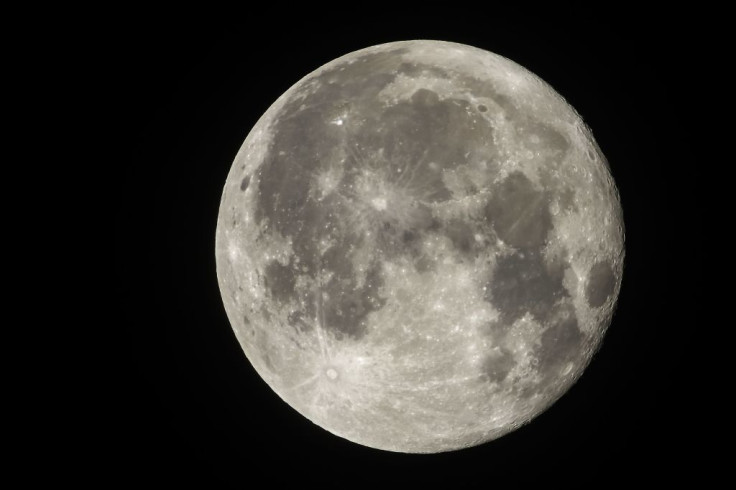Wolf Moon 2021: 8 Facts, Superstitions And Spiritual Meanings Of Bright Lunar Event
KEY POINTS
- The first full moon of 2021 will reach its fullest phase Thursday at 2:16 p.m EST
- The full moon of January is also known as the "Wolf Moon"
- The name Wolf Moon is believed to have come from Native Americans
The Wolf Moon, or the January full moon, is set to rise this week. The first full moon of 2021 is expected to be a sight to behold, with the moon being displayed in all its glory in the evening sky.
The full moon of January will reach its fullest phase Thursday at 2:16 p.m EST, according to NASA. It is also known as the "Wolf Moon," according to the Old Farmer's Almanac, as wolves were heard howling more often during the frigid months, supposedly out of hunger.
While waiting for the celestial event, here are a few facts about the Wolf Moon, along with some spiritual meanings.
1. It has many names
The January full moon is also known as the Freeze Moon, the Frost Exploding Moon and the Cold Moon. These are just some of the nicknames that have been given to the Wolf Moon over the years, and it won't be surprising to find out if there are more unique ones out there.
2. The real origin of the name Wolf Moon is unclear
According to NASA, the "Wolf Moon" term popped up in the 1930s through the Maine Farmer's Almanac, which gave each month's full moon a name gleaned from the Native Americans, most likely from the Algonquin language. But NASA's Gordon Johnston pointed out in his post that it's not clear where exactly this name originated and that "there are many different Native American names for the full moons."
"From what I have learned about traditional names given to full moons prior to the introduction of modern timekeeping, local leaders would usually decide on the name of the moon based on conditions at the time," he wrote. "These cultures did not generally need calendars that specify exact dates far in advance. Full moon names were used to describe and remember what happened in the past and to remind of what was likely to come in the near future."
3. The Wolf Moon is Shakambhari Purnima in the Hindu calendar
The Shakambari Navratri holiday is held for eight days to celebrate the goddess Shakambhari, and the last day, called Shakambhari Purnima, falls on the January full moon, according to NASA.
Based on the Purnimanta tradition, which ends the months on the full moon day, this full moon (purnima) is Paush Purnima, the last day of the Hindu month Paush.
4. This year's Wolf Moon may have a special spiritual meaning
Some astrologers believe the upcoming full moon may have a "celestial power" related to "being capable of releasing what no longer serves you and harnessing positive lunar energy," Express reported.
"While the new moon is a time to set intentions or the future and launch new projects, the full moon is a time of culmination and fruition," popular astrology experts the AstroTwins said in a statement obtained by Express.

5. The Wolf Moon may affect relationships
Astrologers believe that the moon and its phases affect people's emotions, and based on one prediction, the Wolf Moon this Thursday may cause a relationship to either end or strengthen.
"Arguments will start of nowhere and get bigger than normal, which may take a long time to make up from. If there ever was a time to break up in relationships in 2021, this would be it," said New York City-based astrologer Lisa Stardust, Refinery29 reported.
6. The Wolf Moon coincides with the Ananda Pagoda Festival in Myanmar
A week-long celebration called the Ananda Pagoda Festival is held annually in Myanmar around this time in honor of the Buddhist temple, which was built in 1105 AD in the city of Bagan.
7. People dress up for this celestial event
Some wear celebratory celestial attire in honor of the Wolf Moon as they believe it is a time for celebration.
8. The moon will appear full for three days
The moon will appear full from Wednesday morning through the early part of Saturday morning, according to NASA. Skywatchers may be able to see some lunar features, including the Sea of Tranquility and Copernicus Crater, if they use binoculars or telescopes to observe the moon.
© Copyright IBTimes 2024. All rights reserved.





















